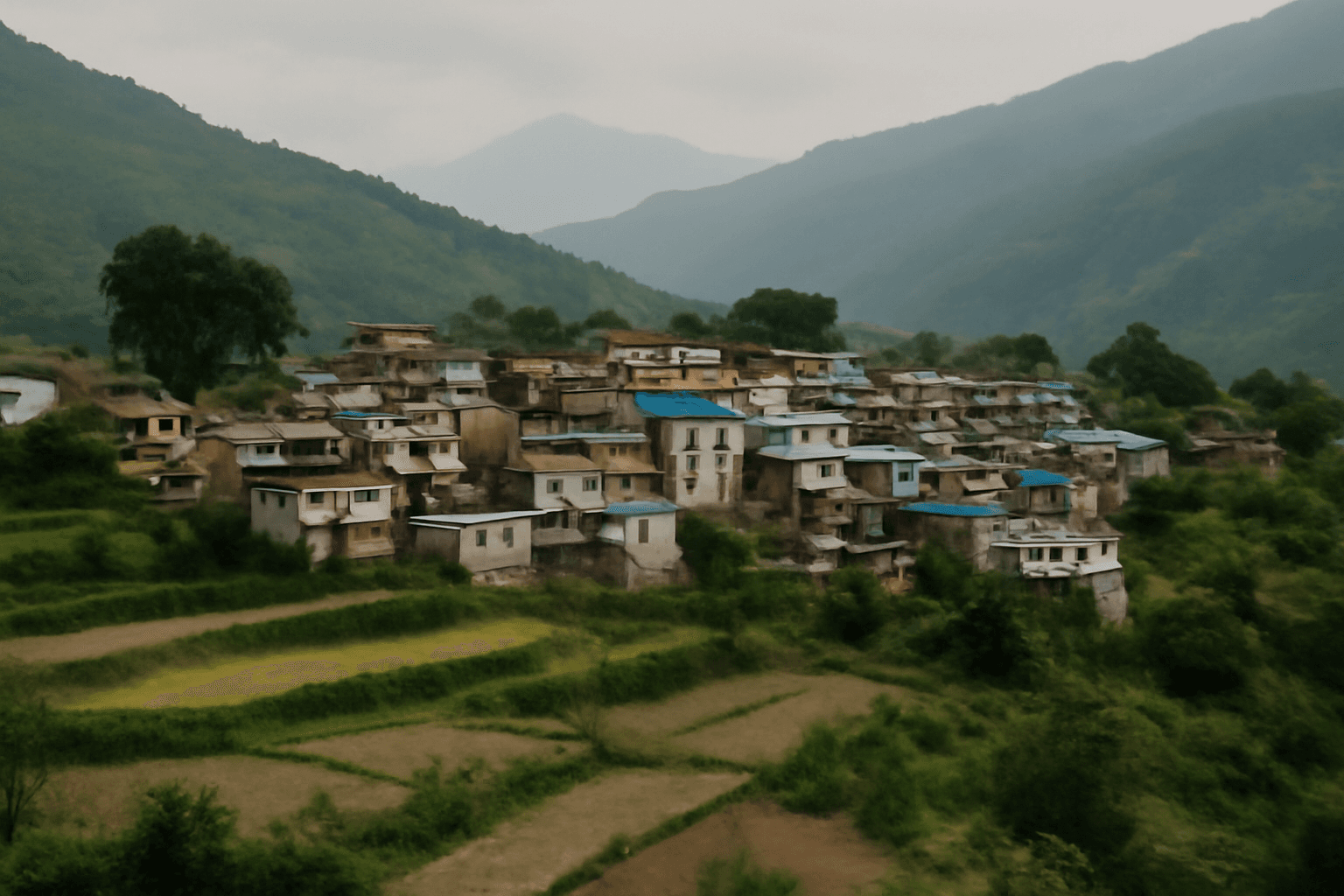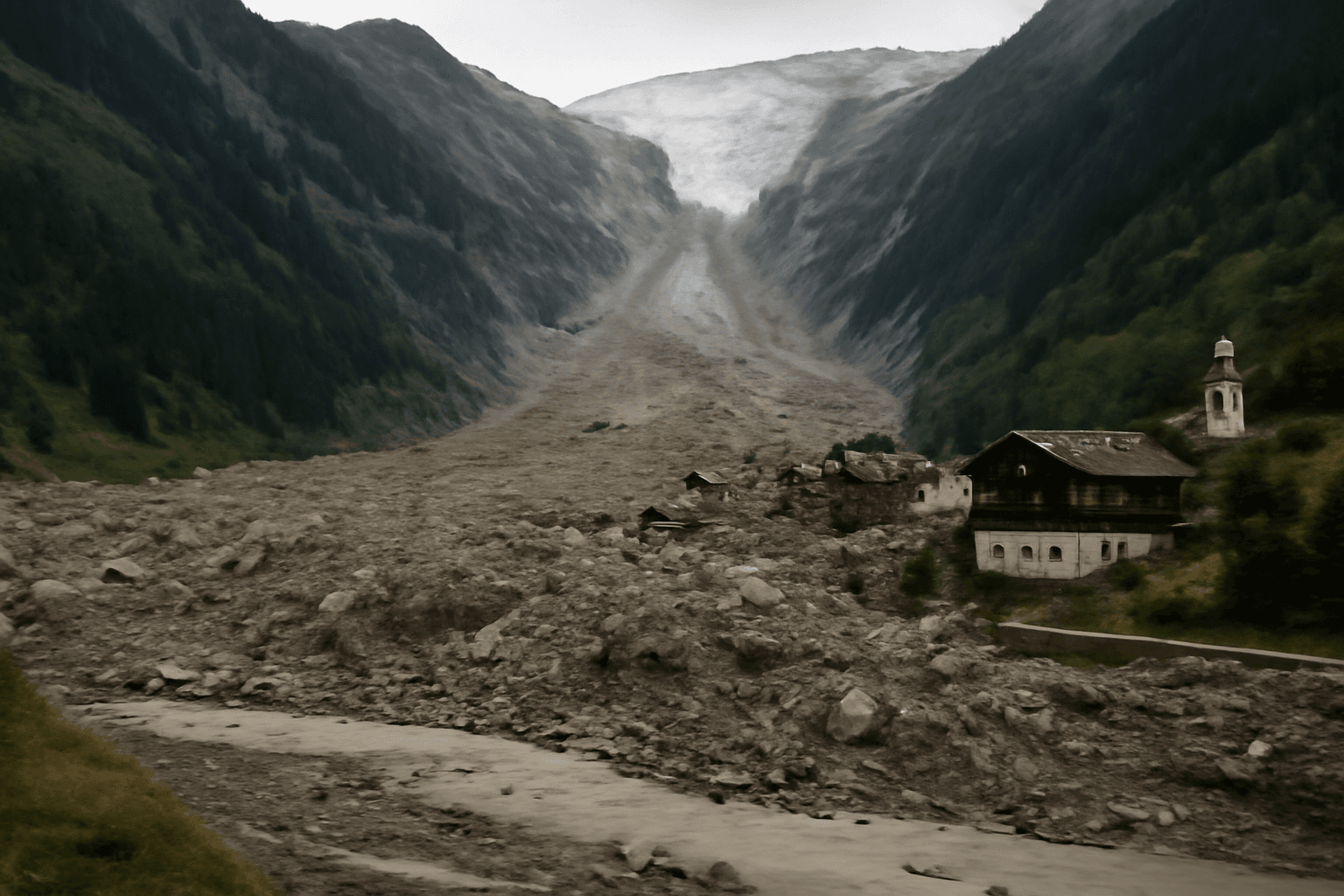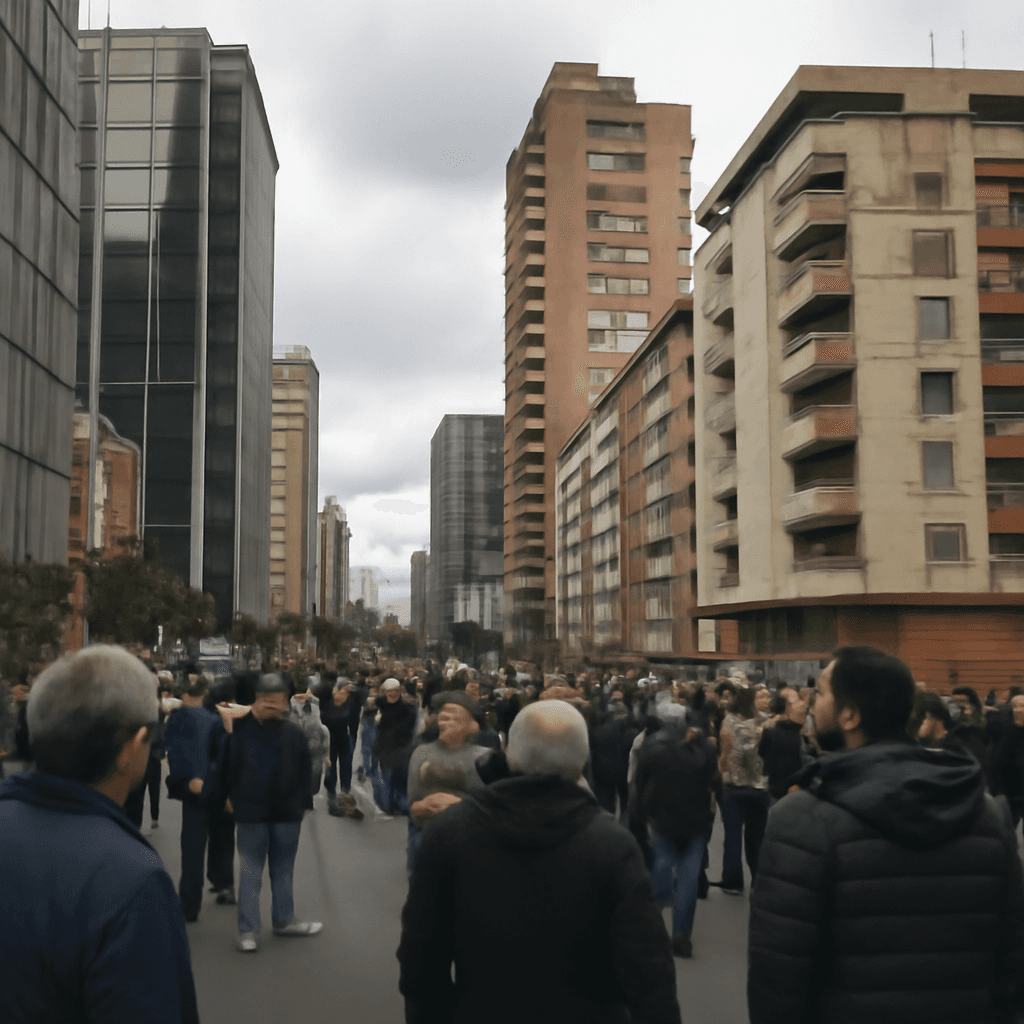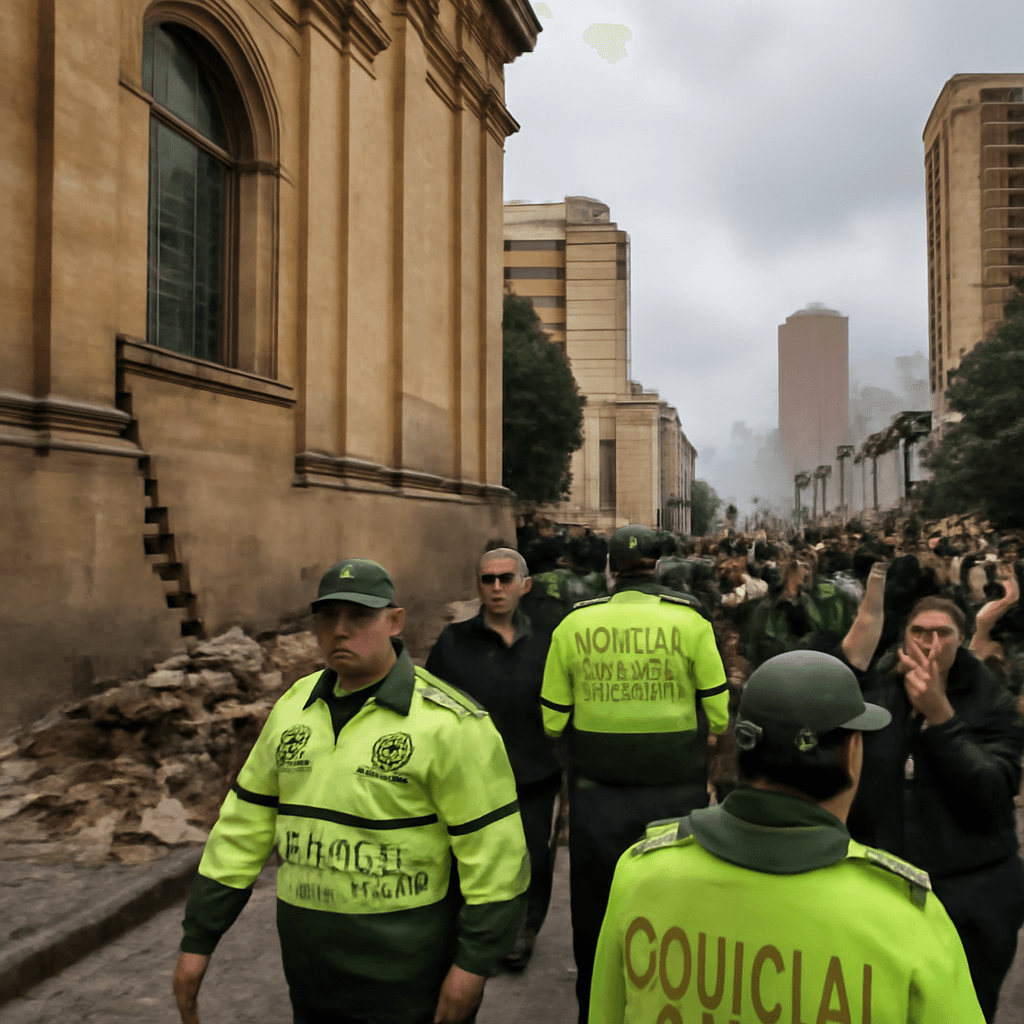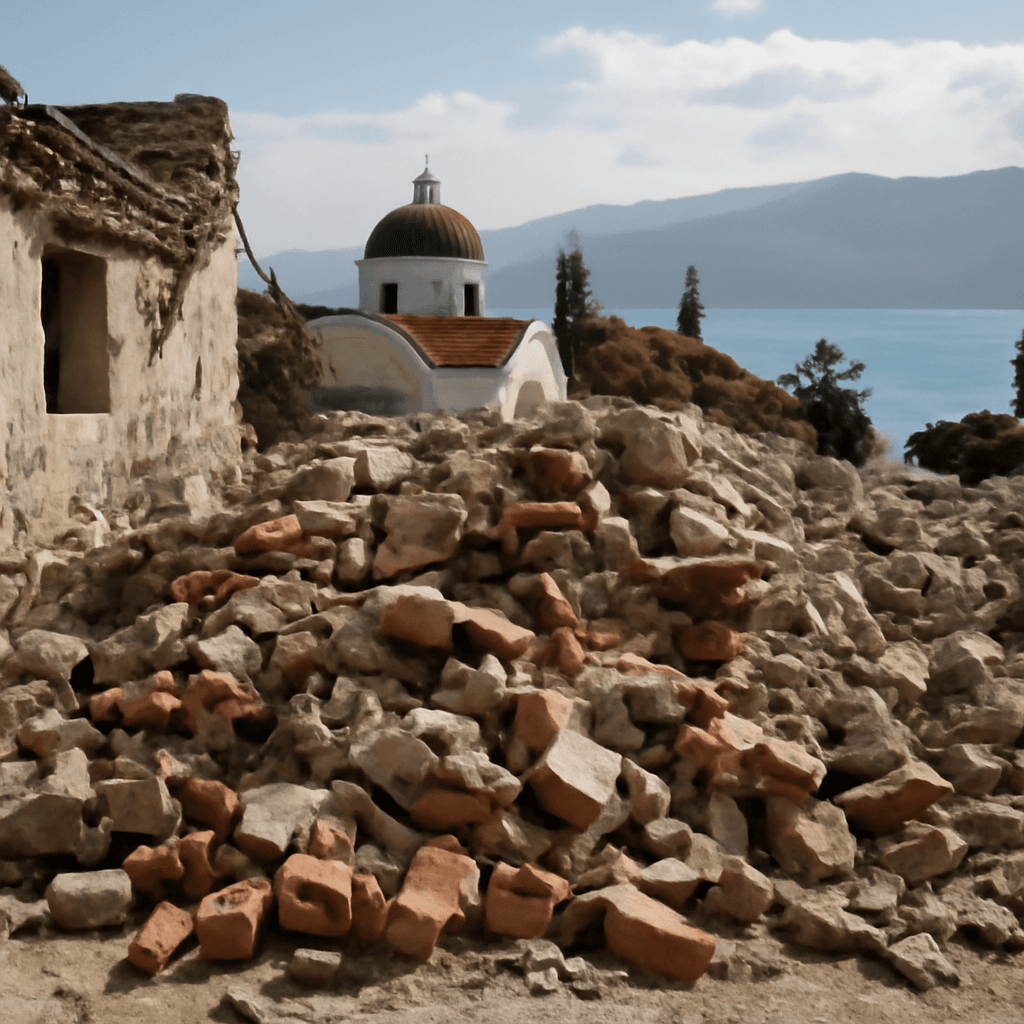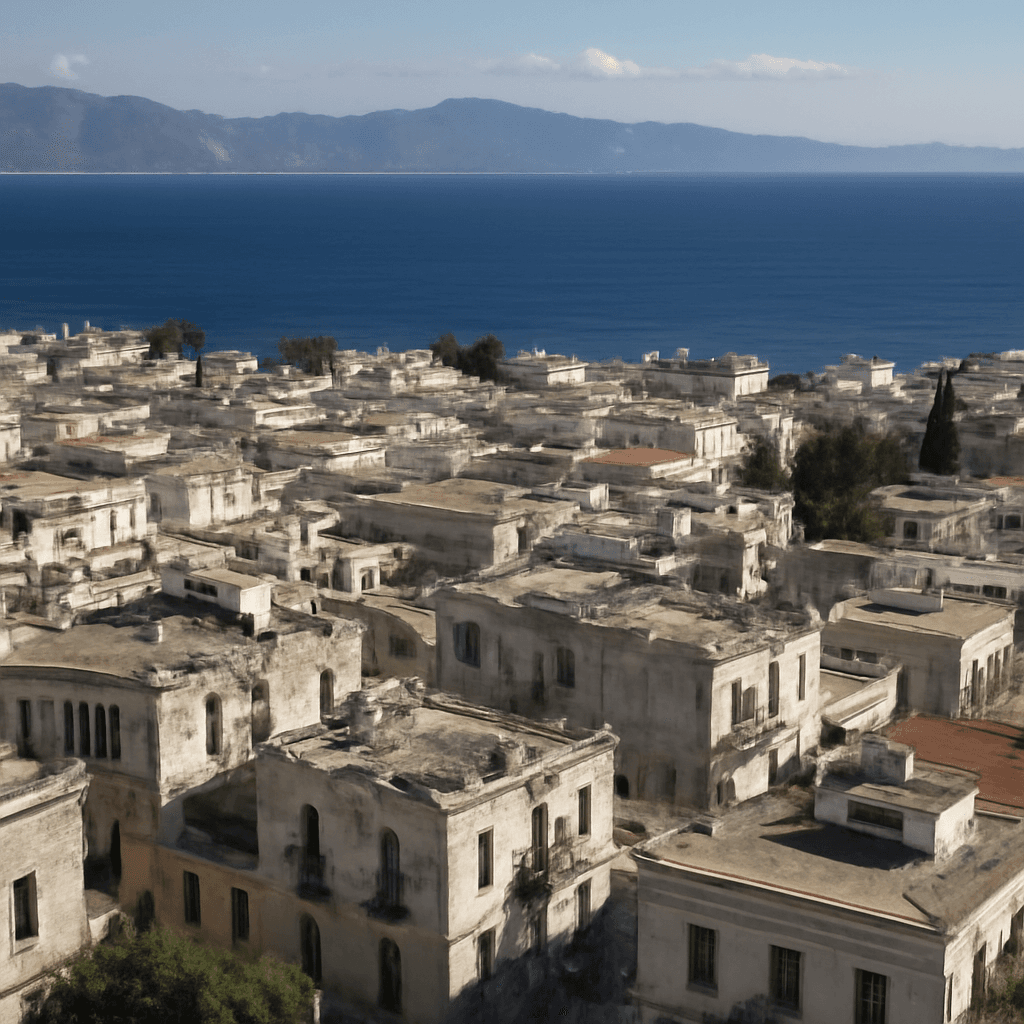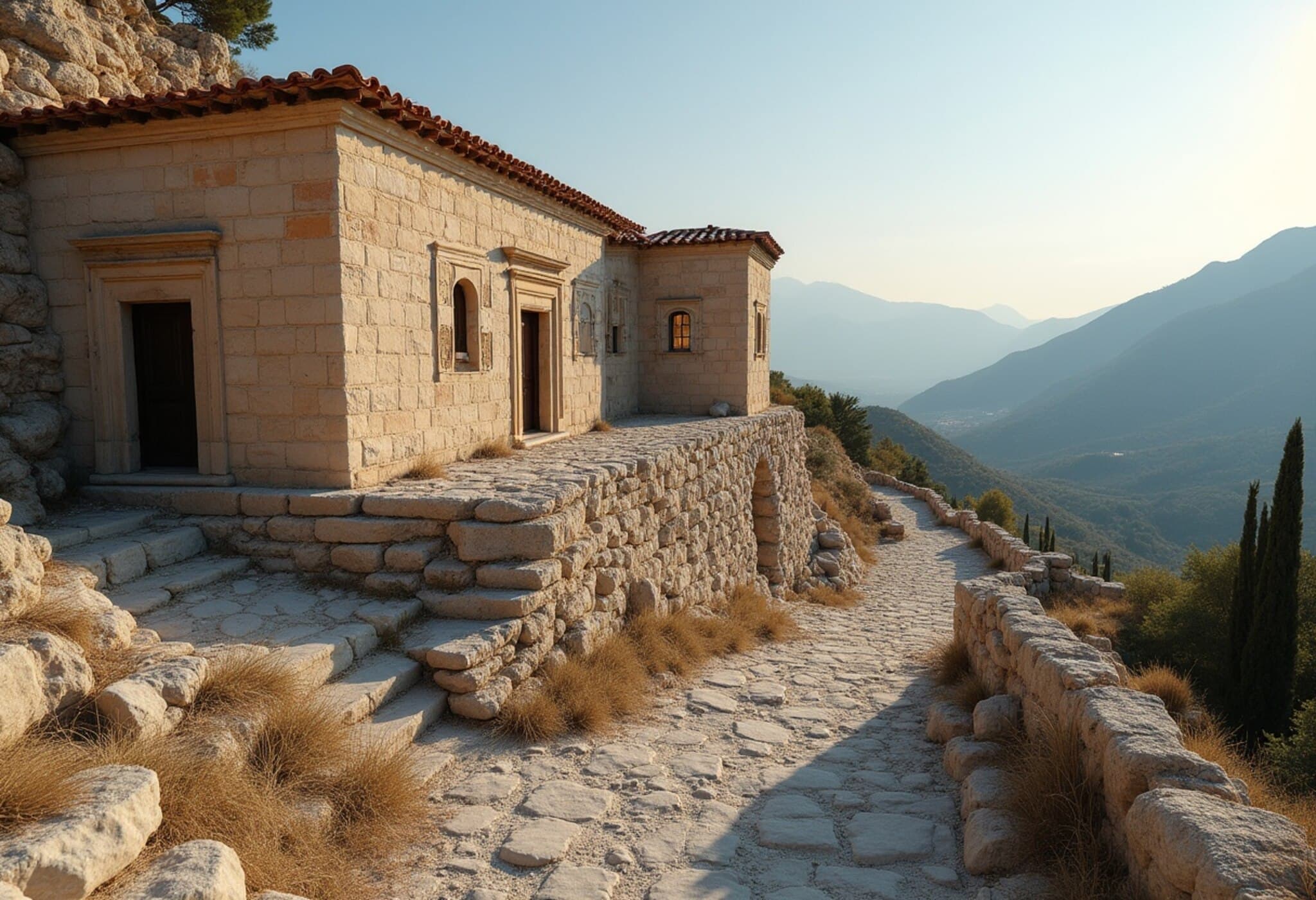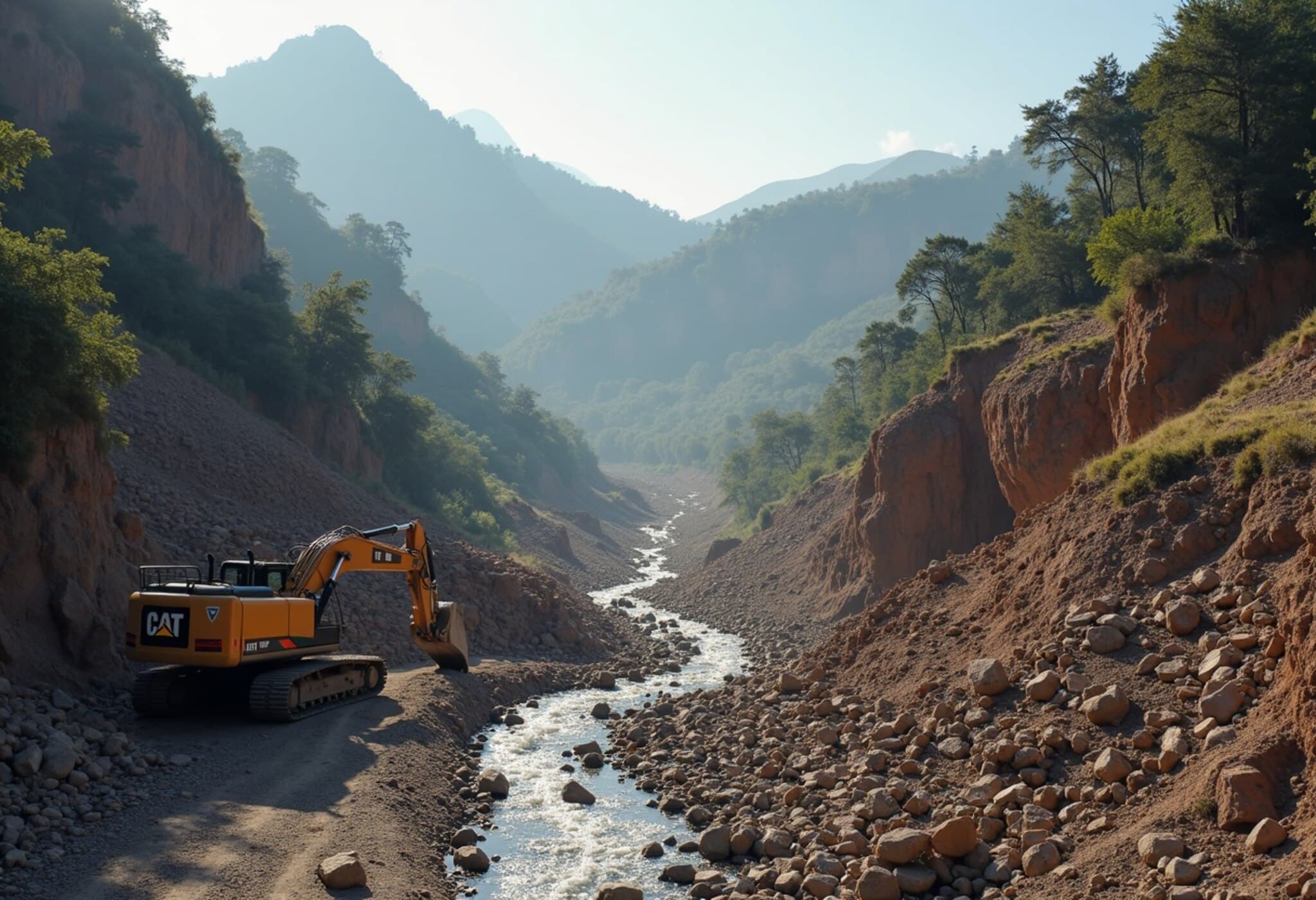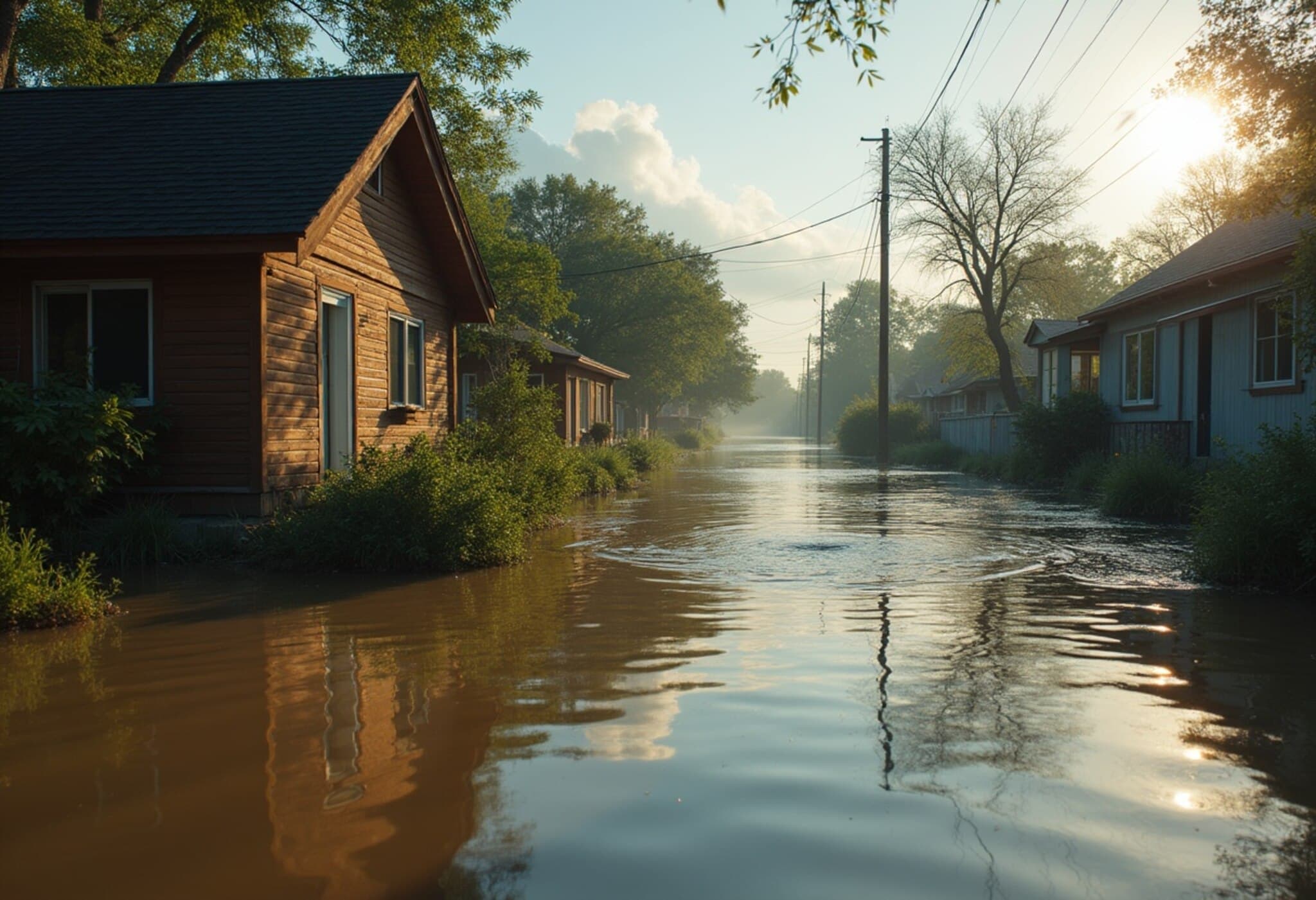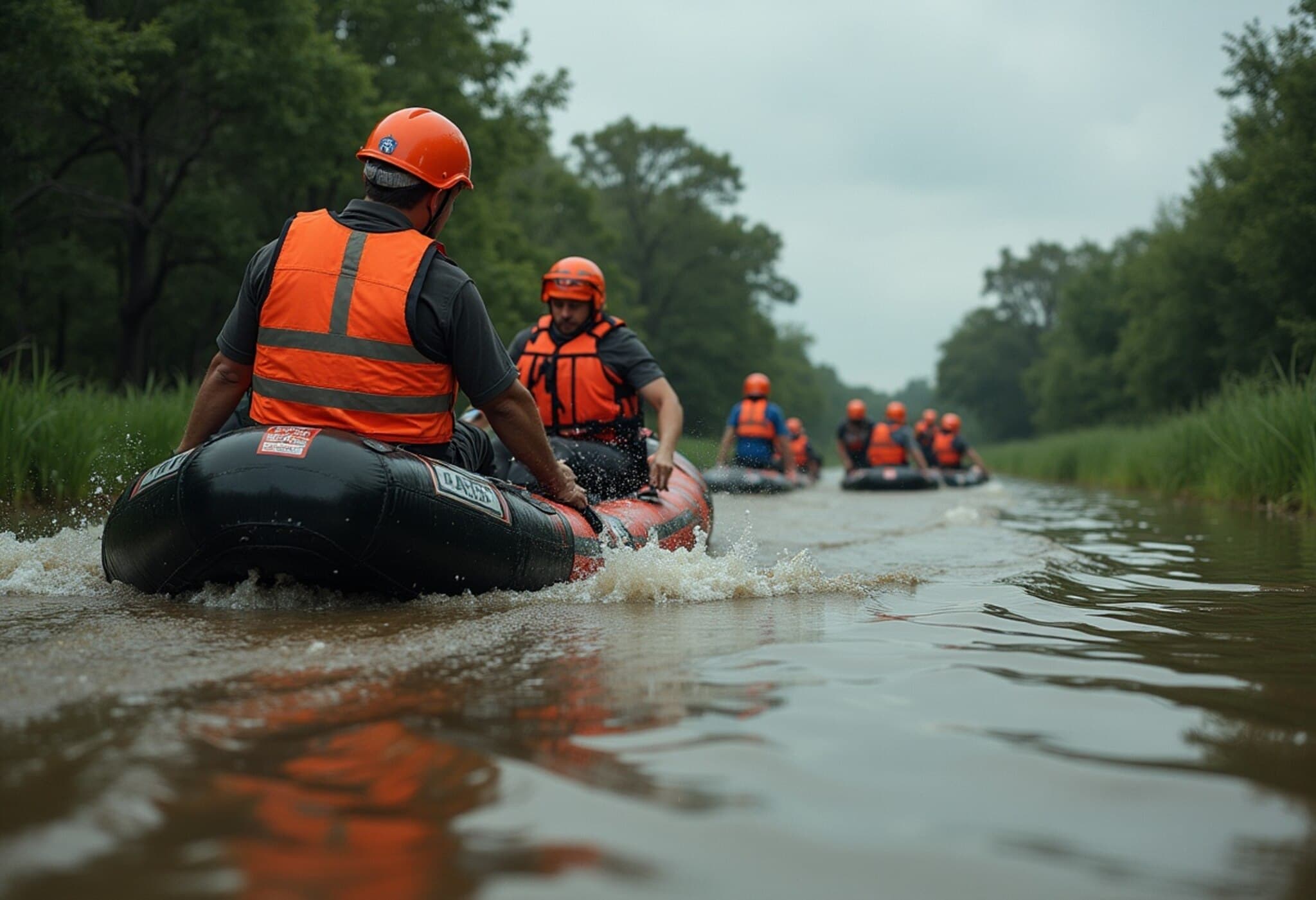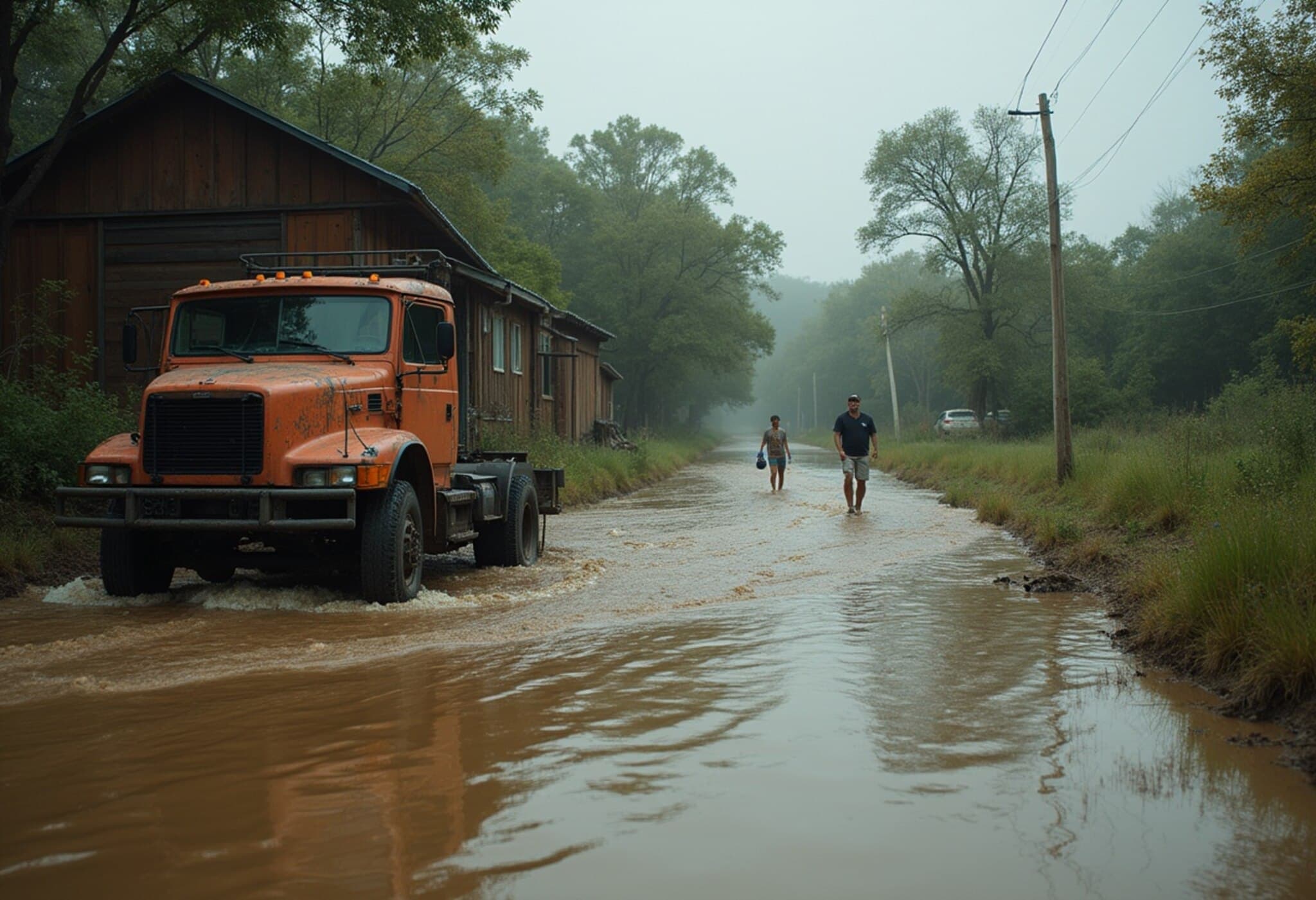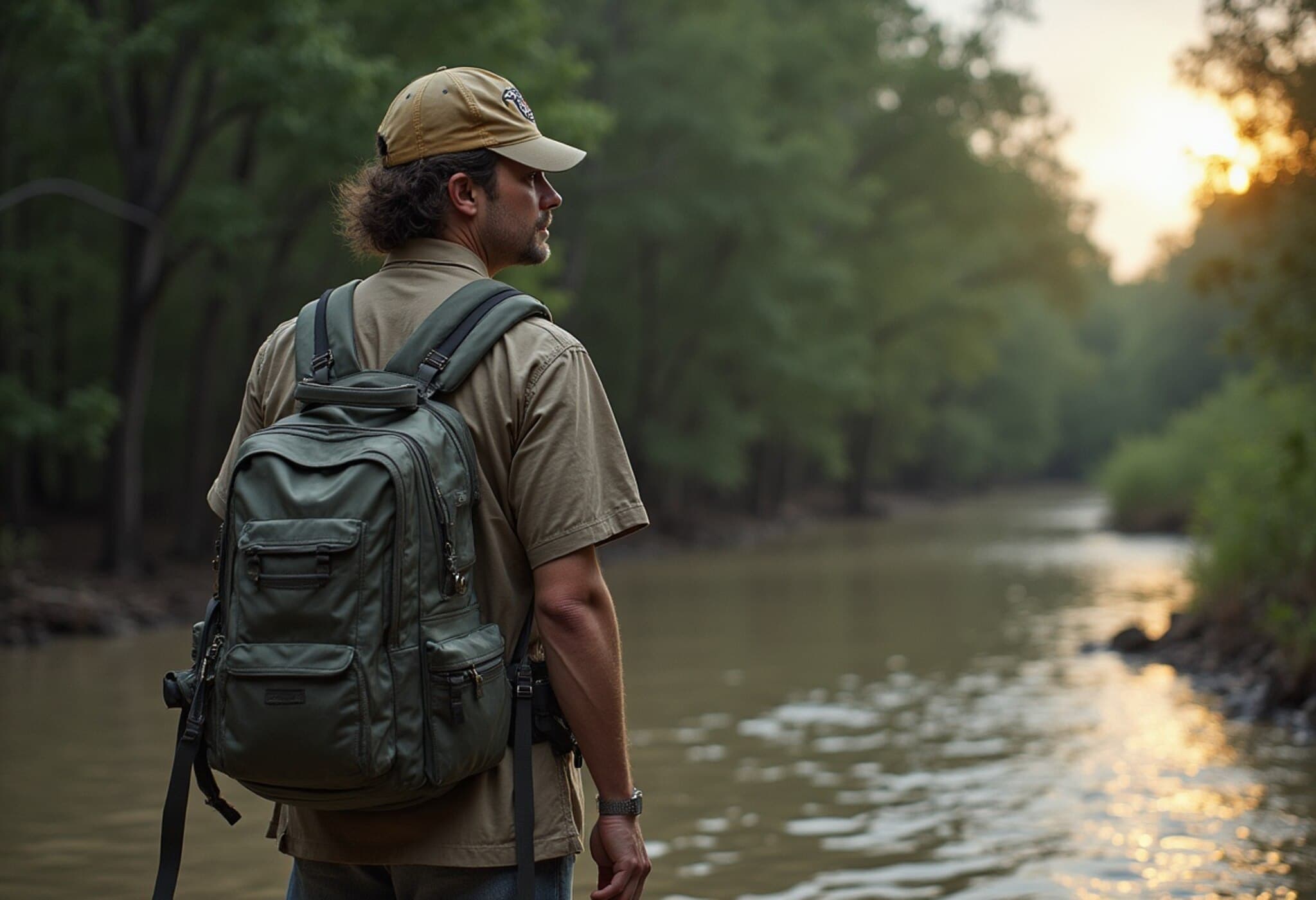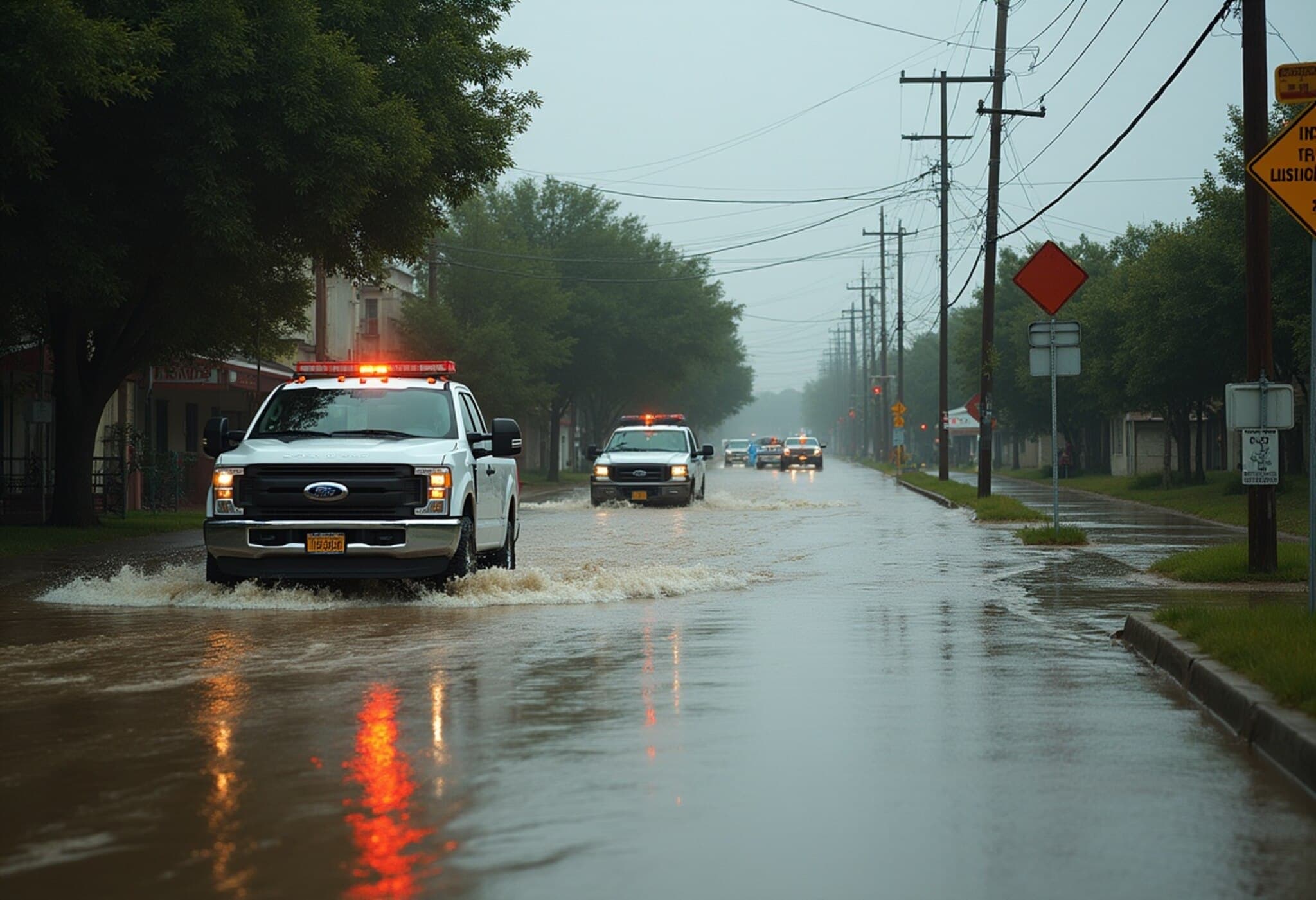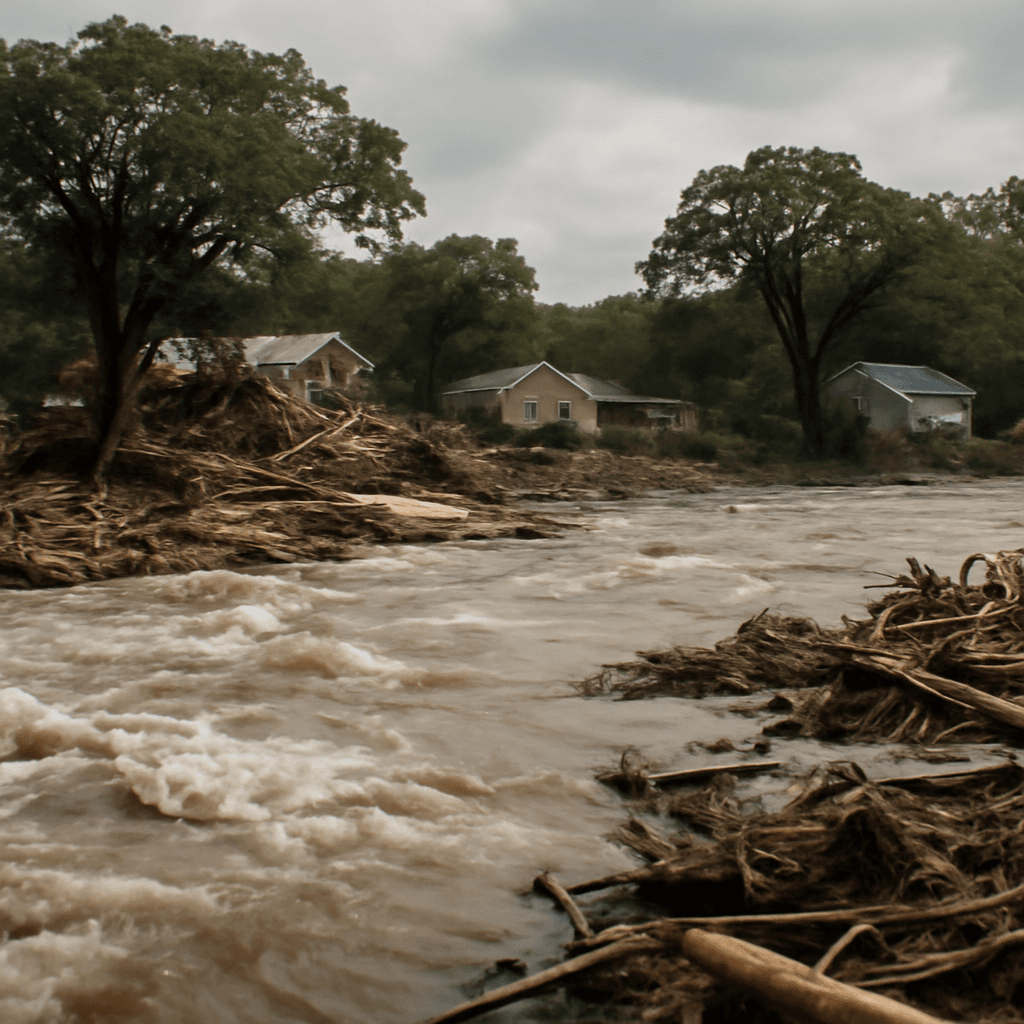Introduction: A Night of Sudden Horror on Texas’ Guadalupe River
What was meant to be a weekend of celebration and summer joy along Texas’ picturesque Guadalupe River transformed overnight into a harrowing scene of destruction and loss. The floodwaters surged suddenly, unleashing chaos that claimed more than 100 lives and devastated communities around Kerrville, Texas.
The Flooding That Changed Lives in Just 45 Minutes
On the night of July 4, 2025, torrential rain caused the Guadalupe River to rise nearly eight metres within less than an hour, a rapid fast-flowing flood that overwhelmed campers and residents alike. Lorena Guillen, owner of Blue Oak RV Park, recounts the night’s terrifying moments when a family clung to a tree and was swept away, while others scrambled barefoot to higher ground.
Guillen described the indescribable: "The screams of children and adults in the dark, the sound of trees snapping, and cabins floating down the raging river — it was something I’ll never forget." Emergency services arrived too late to save many, as floodwaters rose faster than anyone anticipated.
Camp Mystic: A Tragedy at a Beloved Texas Institution
Further upstream, the flooding hit Camp Mystic, a non-denominational Christian camp with nearly a century of history in strengthening young girls from Texas cities. Tragically, 27 girls and counselors lost their lives, with several still missing, sparking profound grief in a community that cherishes summer camps as a rite of passage.
Unprepared Despite Warnings? The Question of Early Alerts
While some flood warnings were issued before the disaster, survivors and local officials now question the effectiveness of existing early alert systems. Kerr County, despite its history as one of the most flood-prone regions in the United States, lacks a river siren alert system.
Volunteer and local business owner Courtney Friedrichs stressed, "The first warning many of us got was hours after the flooding had started. If we had sirens, more lives might have been saved." Previous county commissioners had dismissed the warnings citing cost concerns, a decision whose consequences now weigh heavily on the community.
Fast-Moving Waters Rendered Evacuation Nearly Impossible
The water’s surge was so swift that many had just minutes — or seconds — to react. Tommy Ireland, a 70-year-old camper, lost his home and possessions as the floodwaters washed everything away. "I heard the screams, the breaking trees — it’s a sound I’ll carry with me forever," he shared, embodying the human toll of this disaster.
Community Resilience and the Road Ahead
In the flood’s wake, communities have rallied together with acts of compassion and solidarity. From sharing meals at improvised shelters to organizing vigils in San Antonio, Texas residents are united in their grief, determination, and hope.
Trish Deberry, head of Centro San Antonio, emphasized the need for improved infrastructure and planning to prevent future catastrophes: "This tragedy shows that with better technology and preparation, such loss of life can be averted."
Editorial Insight: What This Disaster Reveals About Flood Preparedness in America
This calamity underscores critical challenges in flood risk management—especially in regions where community traditions and natural landscapes intersect. While early warning systems exist in parts of the country, this event reveals a clear gap in resource allocation and political will at local levels. The tension between budget concerns and public safety demands urgent reassessment.
For American policymakers and emergency planners, Kerr County’s tragedy should serve as a wake-up call. Flood risks are evolving with climate change, making the implementation of real-time alert systems, resilient infrastructure, and community education more imperative than ever.
Key Takeaways:
- Rapid flood surges: 8 metres in 45 minutes caused overwhelming damage.
- High death toll: At least 104 confirmed, including 27 at Camp Mystic.
- Warning system gaps: Kerr County lacked river sirens despite known flood risks.
- Community strength: Local volunteers and neighbors united in response and mourning.
- Policy challenges: Budget considerations delayed crucial safety upgrades, raising difficult questions about priorities.
Editor’s Note
The Texas floods along the Guadalupe River reveal the heartbreaking consequences of natural disasters compounded by systemic shortcomings in alert and response systems. As climate patterns intensify weather extremes, communities nationwide must grapple with how to better protect their citizens—especially the vulnerable—and honor the memories of those lost by demanding change. Readers are encouraged to reflect on not only the tragedy itself but how emergency preparedness, infrastructure investment, and community solidarity can evolve to prevent future catastrophes. What lessons will policymakers take from Kerr County’s loss? And how can all of us support those rebuilding in the aftermath?


